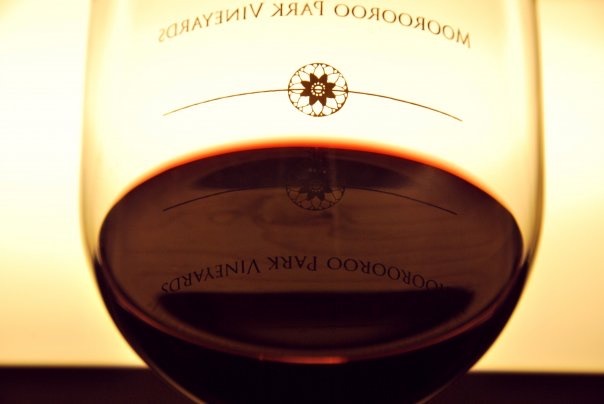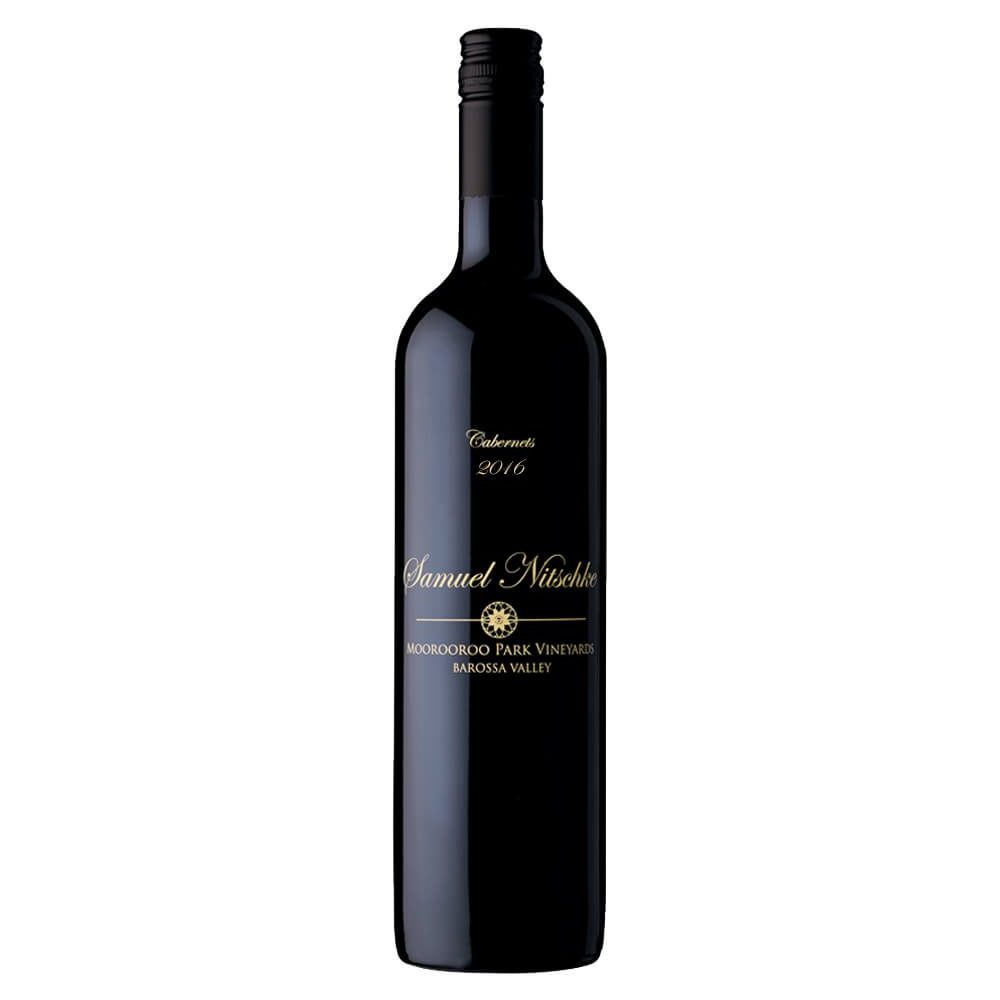
“The world’s noblest black grape variety”
From Bordeaux to Barossa, from South Africa to South America and from India to Israel Cabernet Sauvignon is the worlds best travelled and most widely planted wine grape variety.
Cabernet Sauvignon’s origins lay in the Bordeaux region of France where a spontaneous cross between Cabernet Franc and Sauvignon Blanc created the variety. This is actually a relatively recent discovery, DNA testing conducted in 1997 proved the cross definitively. This shocked the wine world because although the vine bears some morphological similarities to its parent varieties, it was thought impossible that a black grape variety could ever be the progeny of a white-berried grape.
Cabernet Sauvignon has been planted almost everywhere wine grapes are grown. It is the dominant grape in world-famous Bordeaux blends, worshipped in California, carefully cultivated in Japan, widely planted in China, dominant in much of Europe and South America and the reputation maker of Coonawarra and Margaret River. While it is the most planted wine grape globally, it sits third in Australia after Shiraz and Chardonnay. It’s a comfortable third though as the next most planted variety, Merlot has less than half the plantings.
Coonawarra and Margaret River enjoy global recognition of their Cabernet Sauvignon, here in the Barossa we’re internationally recognised primarily for our outstanding Shiraz. However, we also create very fine examples of blended and single varietal Cabernet Sauvignon. In fact, Penfolds Block 42 vineyard in the Barossa was planted in 1885 and is thought to be to oldest surviving Cabernet Sauvignon vineyard in Australia. In speaking about Barossa Cabernet Sauvignon James Halliday says: “In cooler vintages, cabernet sauvignon features rich and ripe fruit, which provides an ample base for the confident use of oak; the result is an easily accessed and enjoyed wine, which will repay with cellaring.”
Cabernet Sauvignon has unparalleled cellaring potential. This is due to its characteristic small grape with thick skins. This combination results in a high ratio of skin to juice and therefore ample colour, tannins and flavour compounds. This is the perfect combination for bottle ageing, tannins providing a natural preservative and also the opportunity for the wine to soften and open up into a more mature palate. The naturally high tannins in Cabernet Sauvignon also contribute to its versatile food pairings, there is perhaps no other variety more suitable to food matching.
“Perhaps the most extraordinary aspect of Cabernet Sauvignon is its ability to produce a wine that is so recognizably Cabernet,” remarks Jancis Robinson in The Oxford Companion to Wine (2015). Yes, blends that contain even a small amount of this distinctive grape are identifiable by that classic, uniquely Cabernet Sauvignon flavour. Blackcurrant, cigar box, mint, mulberry, chocolate and cedar are common flavours you might expect in Cabernet Sauvignon.
Here at Moorooroo, we produce a Cabernet Sauvignon dominant blend in our Samuel Nitschke and Samuel Nitschke Reserve Cabernets. Four years of barrel maturation lends body and structure, while our organic growing methods and hand harvest yield complexity and intensity. Samuel Nitschke Cabernets are excellent friends in your cellar, recently we’ve been indulging in the final bottles of Wyndham’s 1995 Cabernets from our family’s Bethany block, the spiritual predecessor to Samuel Nitschke. These wines have made us so excited about what our current vintage Samuels will become in the next 20 or so years.
Cabernet Sauvignon has been called “the world’s noblest black grape variety” and we’re in hearty agreement!
-Wine Australia. “National Vintage Report 2020″. https://www.wineaustralia.com/getmedia/7dcd66a7-86b5-4606-9ab7-416086077099/MI_VintageReport2020.pdf. July 2020.
– Wine Australia. “Variety snapshot 2019 – Cabernet Sauvignon“. https://www.wineaustralia.com/getmedia/08a1e0f4-024a-4a2e-bfdc-0fcf63deea24/Cabernet-Sauvignon-snapshot-2018-19.pdf. November 2019.
-Halliday. “WINE VARIETALS AND STYLES, Cabernet sauvignon“. https://www.winecompanion.com.au/resources/varietals/cabernet-sauvignon. 2021.
-Wine Australia. “Cabernet Sauvignon, A modern Australian classic”. https://www.wineaustralia.com/discover-australian-wine/cabernet-sauvignon. 2021.
-“The Oxford Companion to Wine”. Jancis Robinson and Julia Harding. Oxford University Press. 2015.
-“Wine Grapes”. Robinson et. al. Allen Lane, Penguin Random House UK. 2012. -“How to Taste”. Jancis Robinson. Simon & Schuster. November 2008.

In Bottle
The 2016 Samuel Nitschke Cabernets floods the senses with red fruits, raspberry and aniseed dominate the nose. The palate presents savoury, herbaceous, earthy, and finishes jammy, like blackberry, almond and vanilla. A full-bodied wine with a lingering, clean finish.

